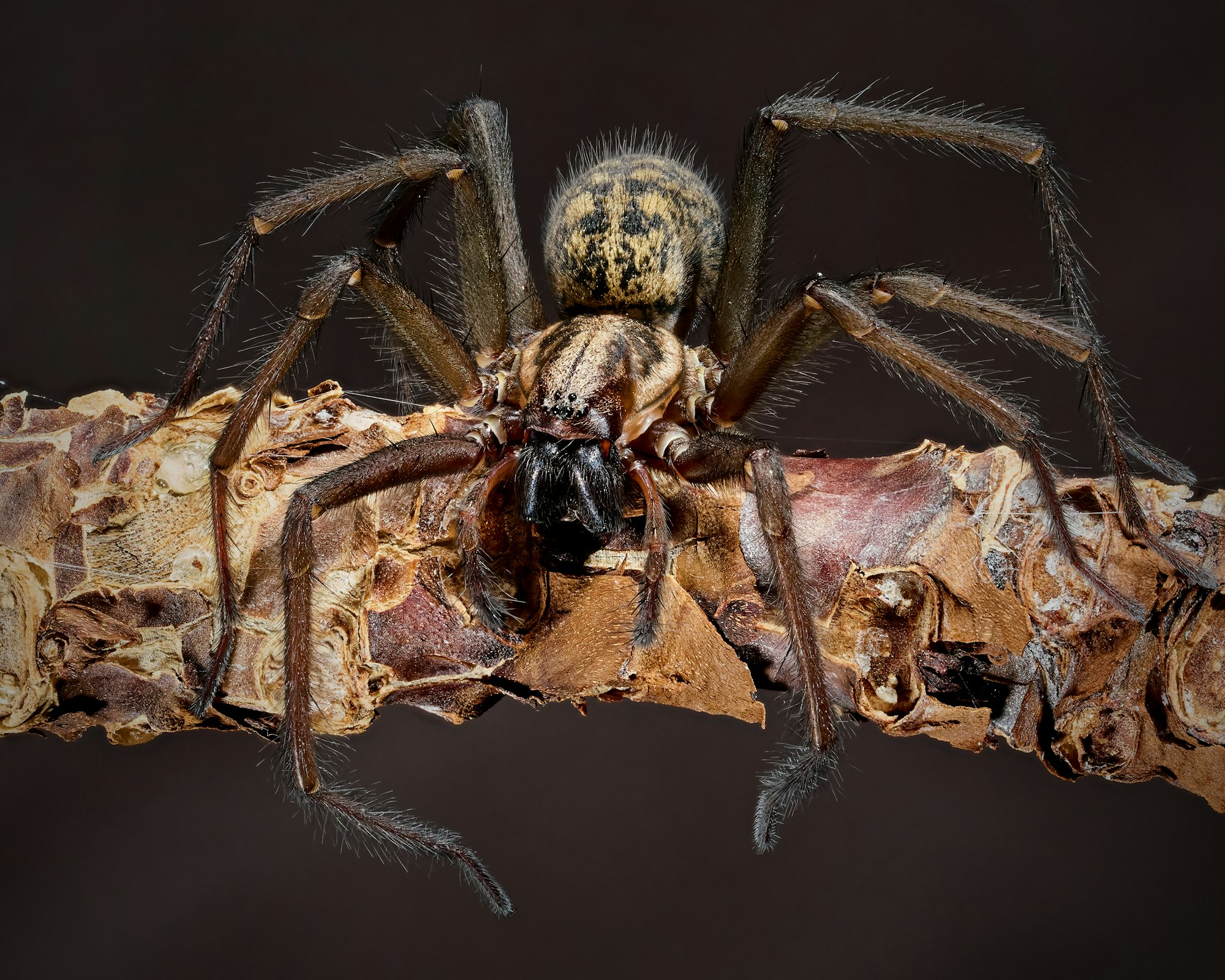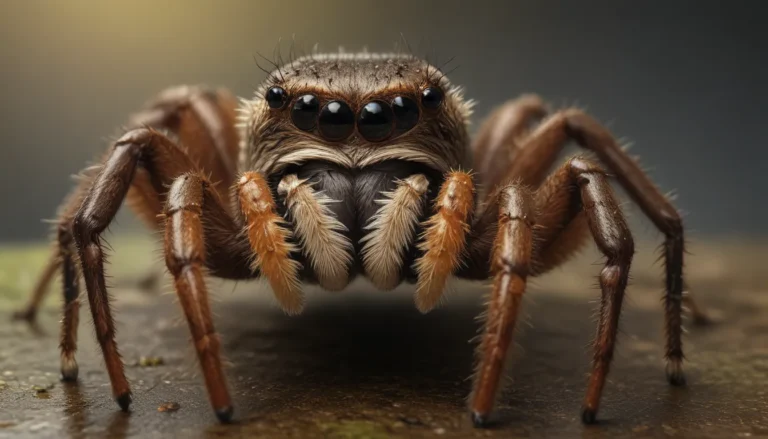The pictures we use in our articles might not show exactly what the words say. We choose these pictures to make you interested in reading more. The pictures work together with the words but don’t take their place. The words still tell you the important facts.
Are you ready to embark on an arachnid adventure and discover the fascinating world of the Giant House Spider? Despite their daunting name, these eight-legged creatures are more intriguing than intimidating. In this blog post, we'll explore ten incredible facts about Giant House Spiders that will change the way you see these misunderstood creatures.
1. Not as Dangerous as They Look
Let's address the elephant in the room right away: Giant House Spiders may look scary, but they're actually harmless to humans. These spiders are not venomous and pose no significant threat to us. Their bites are rare and usually not severe. If you do happen to get bitten, simply clean the wound thoroughly and apply a suitable antiseptic. So the next time you spot one of these gentle giants, there's no need to panic!
2. Masters of Speed
Hold onto your hats, because Giant House Spiders are speed demons! These arachnids once held the Guinness Book of World Records for top spider speed. They can reach speeds of up to 0.53 meters per second (1.9 km/h or 1.2 mph). That's pretty impressive for a creature with eight legs to coordinate!
3. Impressive Size
As their name suggests, Giant House Spiders are indeed quite large compared to other common house spiders. Here's a quick breakdown of their size:
- Female body length: Up to 18.5 millimeters (0.73 inches)
- Male body length: 12 to 15 millimeters (0.47 to 0.59 inches)
- Female leg span: Typically around 45 millimeters (1.8 inches)
- Male leg span: Highly variable, ranging from 25 to 75 millimeters (0.98 to 2.95 inches)
4. Expert Pest Controllers
Despite their fearsome reputation, Giant House Spiders are actually valuable allies in controlling the insect population in our homes. These skilled predators help maintain a balanced ecosystem within our living spaces by trapping and consuming pests like flies and mosquitoes. So next time you see one, remember that they're doing their part to keep your home bug-free!
5. Impressive Survival Skills
One of the most remarkable adaptations of Giant House Spiders is their ability to survive for months without food. This incredible survival mechanism allows them to endure periods of scarcity and wait patiently for suitable prey to come within their reach. Talk about resilience!
6. Elaborate Courtship Rituals
Love is in the air for Giant House Spiders, and they take their courtship very seriously. Male spiders engage in elaborate rituals to impress females during the mating process. These rituals can involve:
- Drumming on the female's web
- Vibrating their abdomens to communicate their intentions
These intricate mating behaviors showcase the complexity of spider social interactions.
7. Prolific Breeders
Female Giant House Spiders are incredibly prolific breeders. They're capable of laying hundreds of eggs in their lifetime. Here's how the process works:
- The female creates a protective sac for her eggs.
- She guards this sac until the eggs hatch.
- Once the spiderlings emerge, they disperse to establish their own territories.
This reproductive strategy ensures the survival and spread of the species.
8. Masters of Disguise
Giant House Spiders are excellent at blending into their surroundings. Their brownish coloration and patterns allow them to camouflage seamlessly in various environments. This ability to disguise themselves not only helps them avoid predators but also makes them more effective hunters.
9. Global Distribution
These fascinating arachnids aren't confined to one specific area. Giant House Spiders can be found in various parts of the world, including:
- Europe
- North America
- Parts of Asia
Their adaptability allows them to thrive in diverse environments across the globe. In fact, they were unintentionally introduced to the Pacific Northwest of North America around 1900 due to human activity and have been increasing in numbers for the last century.
10. Unique Taxonomy
The Giant House Spider has an interesting taxonomic history. Originally classified under the genus Tegenaria, these spiders were moved to the new genus Eratigena in 2013. Currently, there are three recognized species within this group:
- Eratigena atrica
- Eratigena duellica
- Eratigena saeva
This reclassification highlights the ongoing research and discoveries in the field of arachnology.
Conclusion
Giant House Spiders, with their impressive size, speed, and hunting abilities, are truly fascinating creatures. From their role in pest control to their elaborate courtship rituals, these arachnids have much more to offer than meets the eye. The next time you encounter one of these eight-legged wonders in your home, take a moment to appreciate its unique features and the important role it plays in our ecosystem.
Remember, while they may look intimidating, Giant House Spiders are harmless allies that help keep our homes free from pesky insects. By understanding and appreciating these remarkable creatures, we can foster a more harmonious relationship with the natural world around us – even when that world extends into our own living rooms!






